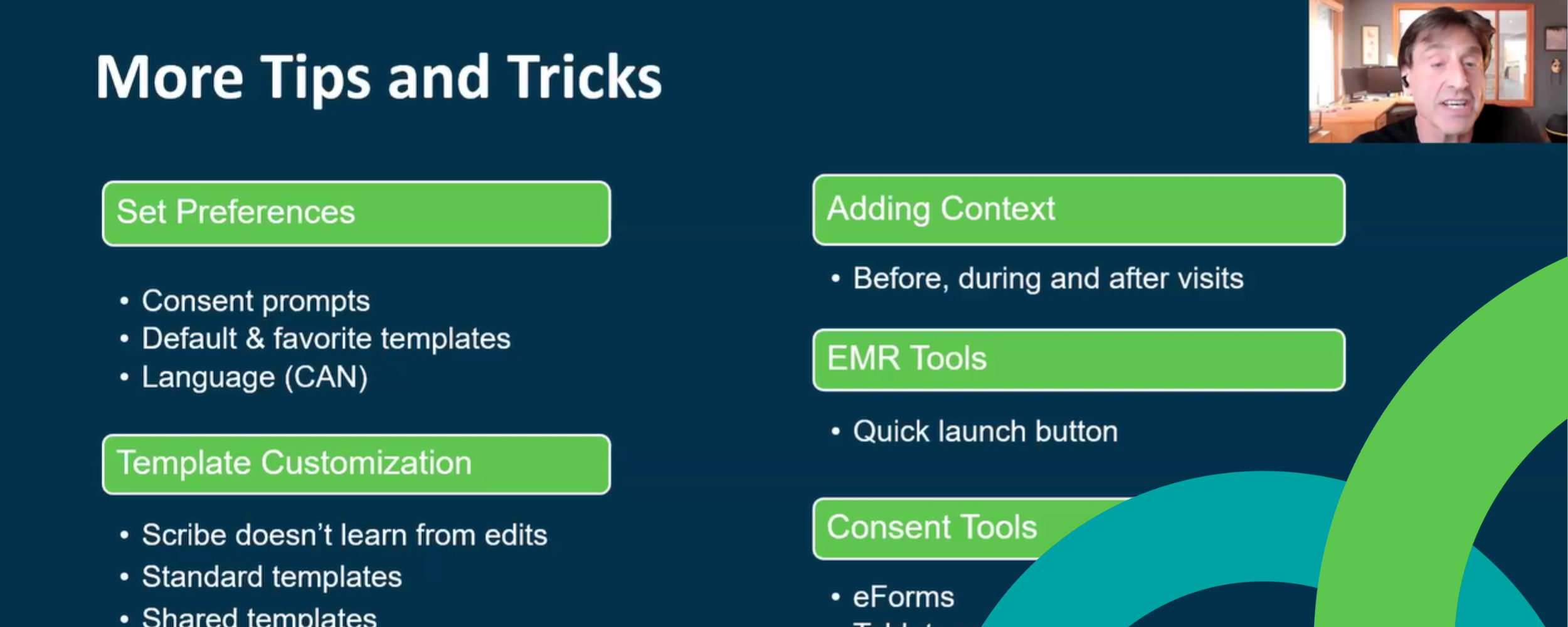Exploring the experience of eReferral users in primary care
The Technology Acceptance Model1 emphasizes that “acceptability” – the perceived ease of use and perceived usefulness of a technology – plays a crucial role in influencing users’ willingness to adopt new technologies and electronic health solutions. It also impact users’ intentions to use the technology, ultimately driving its adoption. These elements are important for clinicians as they directly influence the likelihood of adoption, which in turn impacts workflow efficiency, patient care, and clinical outcomes. This model is crucial for digital health research and practices to inform relevant solutions for treatment providers.
The eReferral User Satisfaction Survey is designed to gather feedback from users of the eReferral solution, assessing satisfaction, acceptability, and overall user experience. This feedback is essential for evaluating the tool’s performance and guiding future developments. Beyond the themes previously highlighted, users also offer valuable insights into the system’s technical functionality. These insights are leveraged through various feedback channels to implement technical improvements and enhancements, ultimately refining the user experience.
The eReferrals are much easier, faster, safer than fax referrals. Since they provide better care for patients, we are increasingly choosing specialists who accept eReferrals over fax-only recipients.
Primary Care Physician
User Satisfaction Survey
eReferral is being adopted into Primary Care Users’ workflows, with 81% of primary care User Satisfaction survey respondents indicating they utilize the tool on a weekly basis. However, further uptake is needed for users to truly experience the benefits on a larger scale.
Overall, qualitative feedback from users suggests that the solution offers improved efficiency compared to traditional referral methods. Analysis of the data revealed common themes, including time-saving benefits for both patients and clinics, reduced paper waste, and improved communication between patient facilities.
Key takeaways
Primary Care eReferral users have contributed significantly to the growth of eReferral throughout Ontario and their perspective is essential in highlighting the benefits and opportunities that eReferral support.
The uptake of eReferral across Ontario has been increasing substantially over the past seven (7) years, with over 3 million referrals processed to date and over 15,000 end users having accessed the solution.
In September 2023, eReferral users from across Ontario were surveyed and a total of 868 responses were received. The survey allowed users to share their experiences with eReferral using rating scales, complemented by open-ended feedback.
Primary care has played a significant role in the expansion of eReferral, representing 65% of users and submitting over 80% of the total eReferral volumes. Due to this, feedback from primary care practitioners is vital in evaluating eReferral as they understand the elements that are essential to ensure effective, patient-centered care. In 2023, 505 survey responses were received from users within Primary Health Care or Family Health Teams. These users provided over 250 comments across 3 questions regarding eReferral, addressing aspects such as changes in usage frequency, satisfaction, and recommendations for the tool. A qualitative analysis of the feedback from primary care practitioners has been conducted, and key findings are summarized in thematic groupings below accompanied by quotes from eReferral users to further demonstrate the user perspective.

Acknowledgements
The Ontario eServices Program delivers digital services (eConsult and eReferral are the first initiatives in the scope of the program) that support clinical workflows and facilitate smoother transitions in care and an improved patient experience. The Ontario eServices Program is co-led by the Ontario eConsult Centre of Excellence (eConsult COE) and the eHealth Centre of Excellence (eCE) and is funded by the Ontario Ministry of Health (MOH).
1Davis, F. D. (1989). Perceived usefulness, perceived ease of use, and user acceptance of information technology. MIS quarterly, 319-340.
Interested in learning more?
Interested in partnering with us or learning more about
what we can offer you? Please reach out here.
Get the latest resources and insights
-

Impact of embedded decision support within eReferral forms for MRI ordering
A recent study revealed that the use of eReferral with embedded decision support (DS) was…
-

eReferral supports access to Diagnostic Imaging across Ontario
Improved clinical efficiencies and a high degree of patient satisfaction for diagnostic imaging
-

Administrative staff confirm eReferral benefits
Adopting electronic referral solutions processes addresses systemic issues in all areas of the quadruple aim.…
-

From burnout to brilliance: A webinar on how AI scribes are helping clinicians reclaim their time
In our recent webinar, From Burnout to Brilliance: Leveraging AI Scribes and Other AI for…